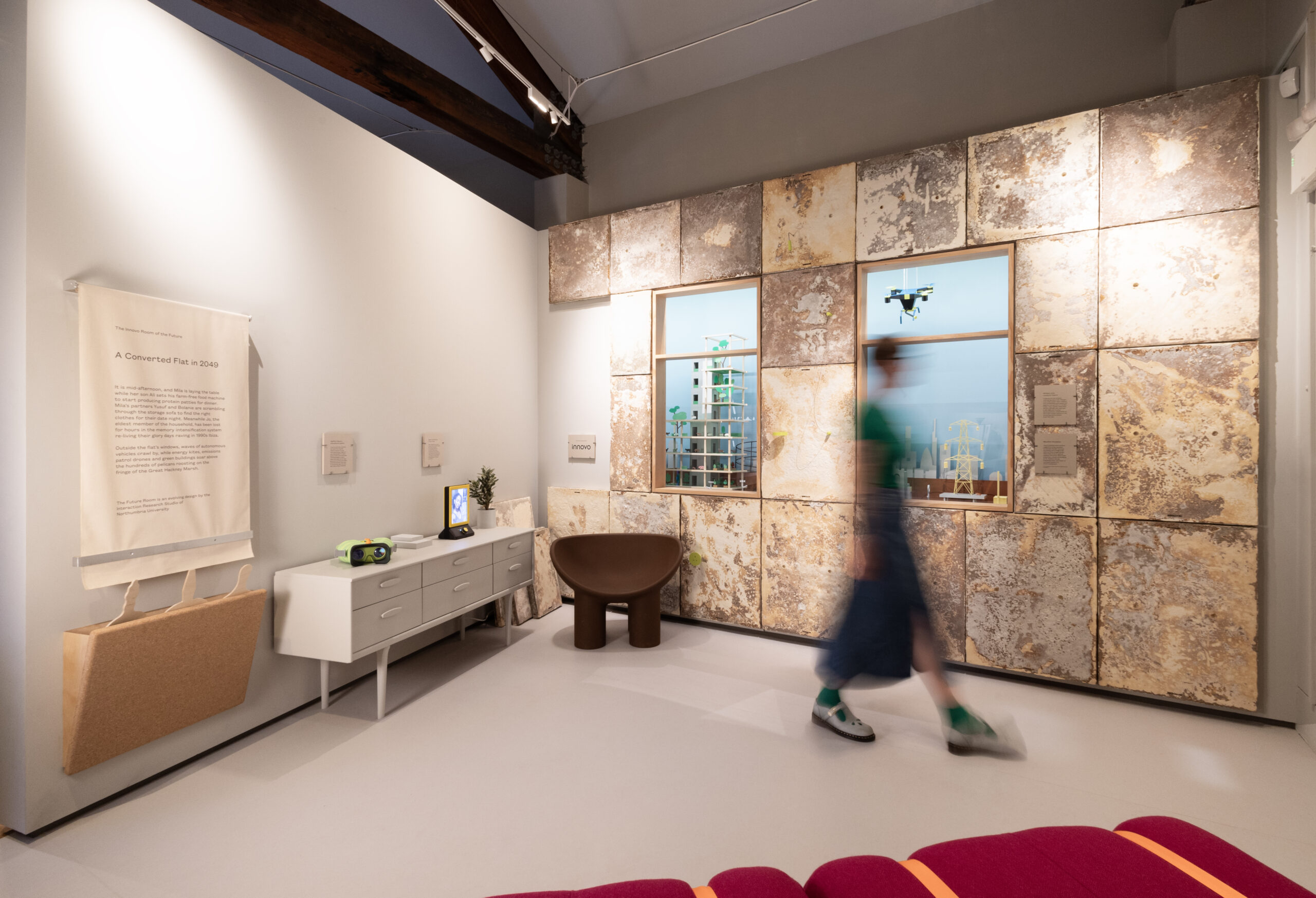18˚C, 19˚C or even 20˚C? The seemingly eternal question of the correct temperature on the thermostat ignites arguments in households up and down the country, pitting energy-savers and penny-pinchers against those who will defend their right to wear shorts in the dead of winter.
Though the technology has been available since the Victorian era, central heating is a relatively modern phenomenon in Britain. It only became commonplace in our homes in the 1970s and 1980s.
Before that, having the whole house heated to a balmy temperature was an unobtainable and even undesirable luxury.
How we used to heat our homes
The primary method of domestic heating throughout history has of course been the fire. Until the 1600s the hearth would usually have been situated in the middle of the main living space, with smoke escaping through a hole in the roof.
In the following centuries houses were increasingly designed with a fireplace built into the wall. This was not only safer and cleaner, but more efficient as much of the heat would be reflected back into the room.
The fireplace rapidly became synonymous with home, becoming the focus of family life and the ultimate symbol of comfort.
Gas and electric
The introduction of gas and electric heating systems in the 1800s and 1900s made heating the home much more convenient. Portable heaters could be moved from room to room.
It also led to fears that the move away from the fireplace could prompt the breakdown of the family, with George Orwell impassioned to make ‘The Case for the Open Fire’ in 1945. “It is … a good background to one’s memories, and the survival of the family as an institution may be more dependent on it than we realise,” he wrote.
While this may sound like excessive moral panic now, central heating in homes has led to the decline of the living room as the main social space in the home, and the rise of the bedroom as a place for hanging out and entertaining.
Sustainable living
As we have become used to year-round warmth our homes are now hotter than at any point in history. But wearing next to nothing while a blizzard rages outside comes with a considerable financial and environmental cost attached.
As energy prices rise and we focus on sustainable living, we might be looking to technology that preserves rather than creates warmth, like the mycelium insulation featured in our Converted Flat in 2049. Our gas boilers and radiators may not be with us for much longer.

Keep in touch
Sign up to our monthly e-newsletter for the latest news, events and exhibitions.
